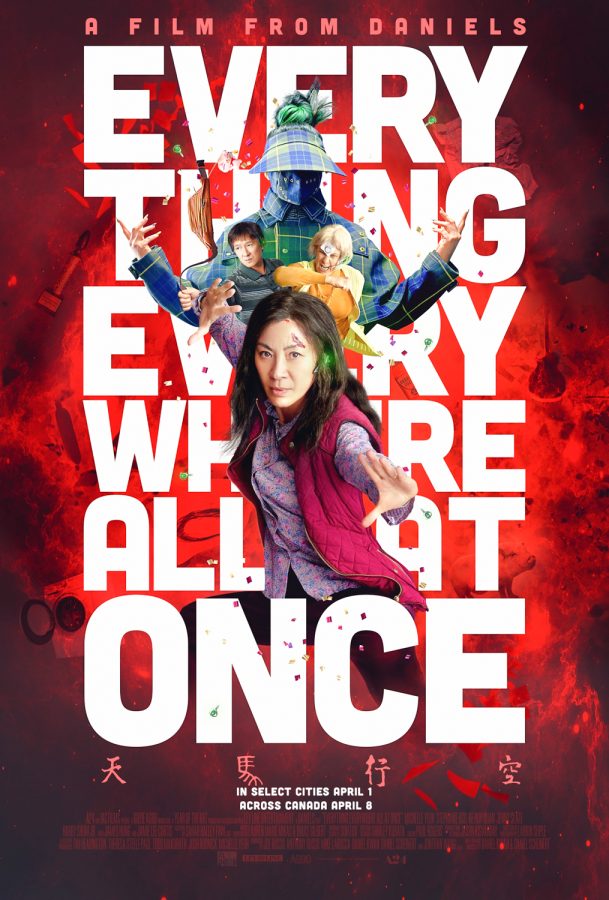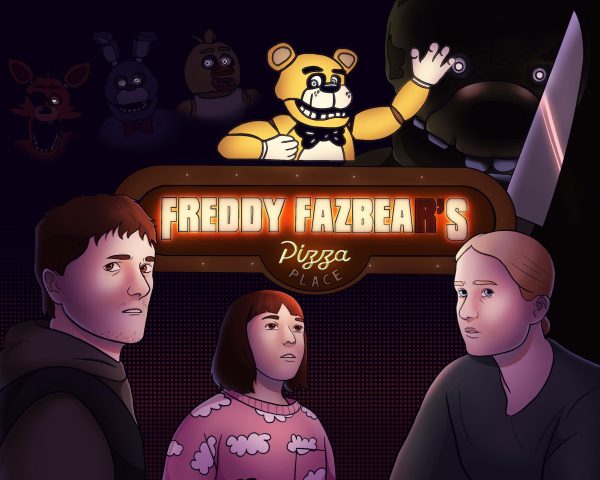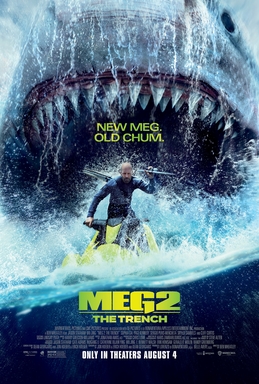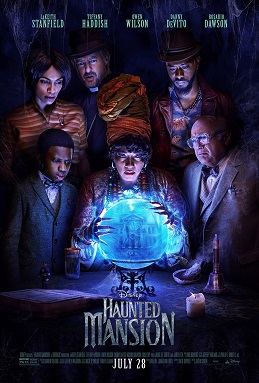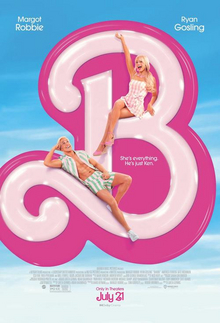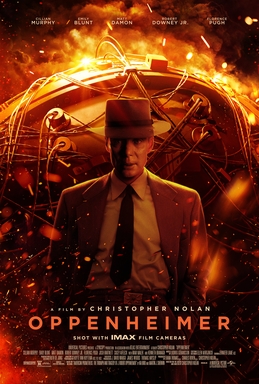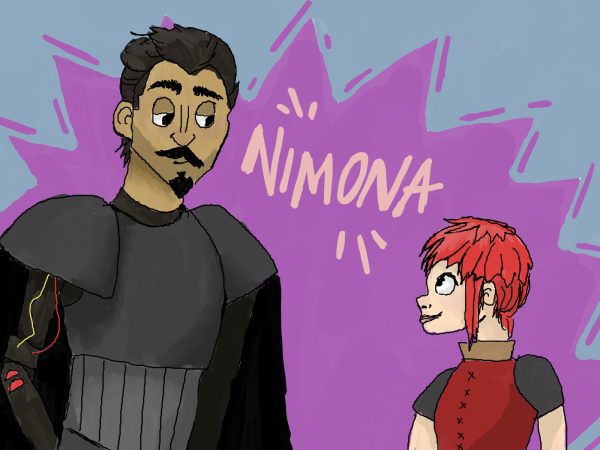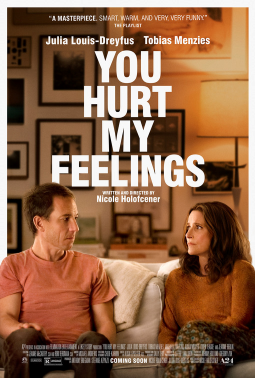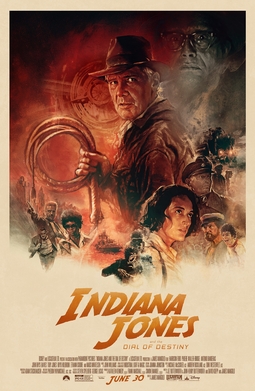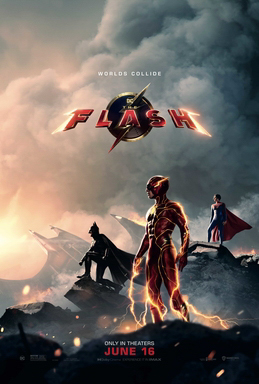Movie Review: ‘Everything, Everywhere, All At Once’ emphasizes love through dimension hopping
Multiverse movie asks us how far we are willing to go for love
The multiverse is not just in Marvel movies. The Daniels do a fantastic job of exploring its complexities in their long-anticipated project, released by A24.
June 6, 2022
When you think of the multiverse, your thoughts would most likely drift to Marvel or DC films, but A24 decided to take a shot at the concept with “Everything, Everywhere, All At Once,” and they hit it out of the ballpark.
The mind-boggling film from directors Daniel Kwan and Daniel Scheinert (commonly known as the Daniels) does not feel like a movie, but rather an experience. The center of attention is Evelyn Wang, played by Michelle Yeoh, who shows courage and poise despite having doubts about some aspects of her life.
She left China as a young woman, running away with her husband, Waymond. They now run a struggling laundromat business in America.
Evelyn’s life swirls in all different angles as her daughter, Joy, suffers from low self-esteem. Joy also has a girlfriend named Becky, and Evelyn struggles to confront their relationship throughout the film.
As Evelyn struggles with her family and business, her frustration and worry lead her to begin drifting through other dimensions.
One dimension is home to a different Waymond, one who is composed and confident. He is also an expert in mixed martial arts (and uses a fanny pack as a deadly weapon). He quickly explains to Evelyn that the multiverse is threatened by Jobu Tupaki, who turns out to be someone that has been everywhere and who suffered everything all at once.
However, the beauty of the film is not just the plot, but the cinematography. Each scene has a deeper meaning that develops the story further.
Cinematographer Larkin Seiple’s angle for the film was different from other cinematographers. Others, like Roger Deakins of “Blade Runner 2049” and “1917,” for example, focus on subtle camera movements with different color palettes; Robert Richardson, meanwhile, (known for “Kill Bill” and “The Hateful Eight”) focuses on using the angles to tell the story from within.
Instead, Seiple uses confusion to simulate the perplexing pandemonium of the multiverse. The pacing can be disorienting at times, but with the multiverse, confusion is part of the journey.
However, due to this style, keeping up with the characters was quite difficult, and understanding the narrative could be just as challenging. Even so, Seiple’s vision represented the film’s message about life’s journey – you are always lost, stumbling to get found.
Closer to the end, Seiple highlights the characters’ intentions and personalities through the cinematography as we begin to understand what Evelyn, Waymond and Joy went through.
From the wide shots of Waymond asking Evelyn for a divorce in an RV, to close shots of Evelyn staring at Joy, you can truly feel the emotions that Evelyn deals with throughout the film.
The film had moments of zaniness, such as when Evelyn and Wang were rocks and communicated off of subtext, or a satire of Wong Kar-wai’s “In the Mood For Love,” a world where humans have hot dogs for fingers and play the piano with their feet.
“Everything, Everywhere, All At Once” is wonderful because of the simple idea of love and how true you are to your own beliefs. Through the film, you sense growth from each character. Change was necessary in order for them to improve their morals.
Evelyn learns to trust her daughter more, Waymond learns his reason for loving Evelyn again and Joy understands the pain her mother has had to endure.
We all struggle with our understanding of love from time to time, but the multiverse that Evelyn hopped through shows us that, at its core, love is simply a question of how far we are willing to go for those we care about.

